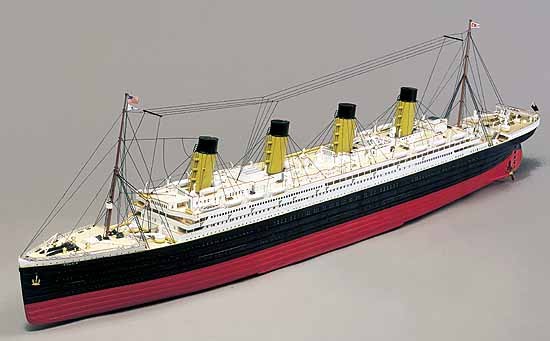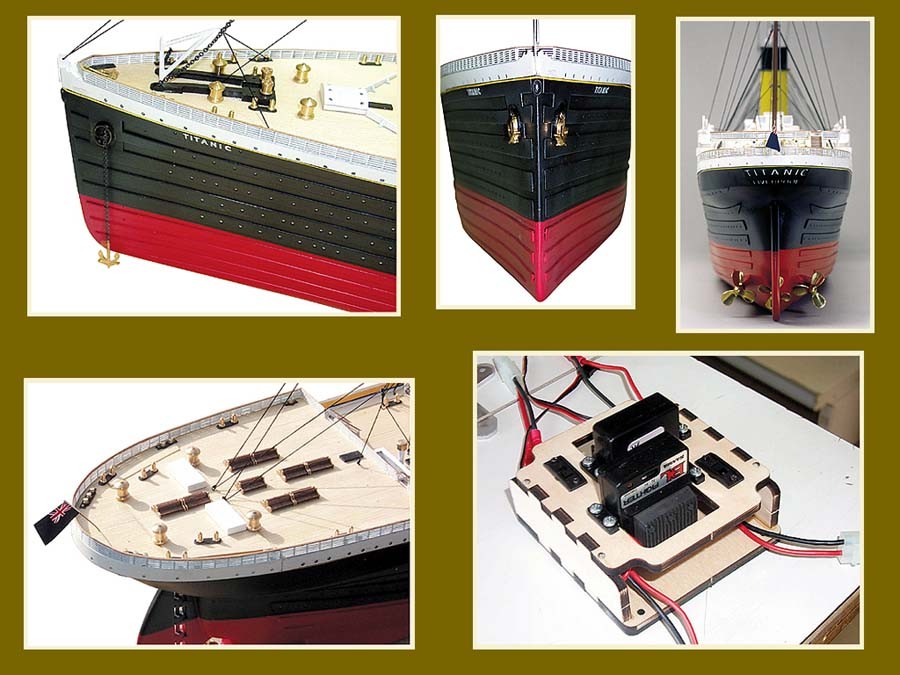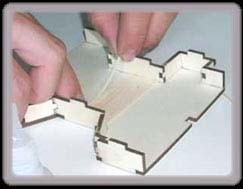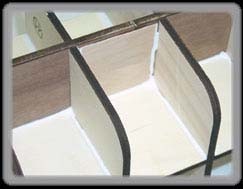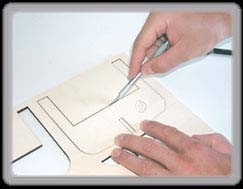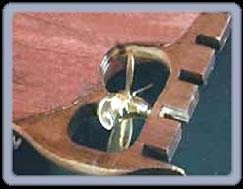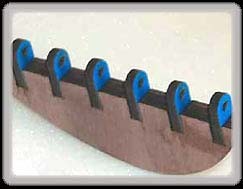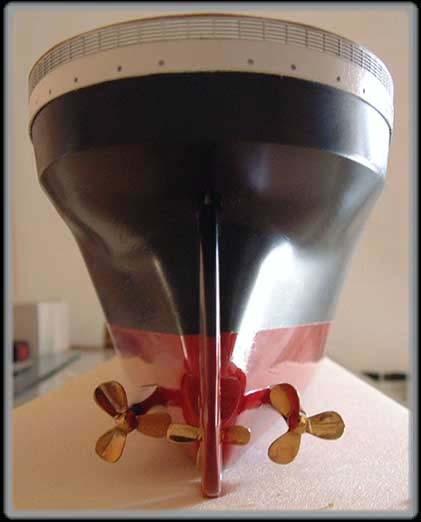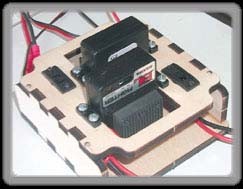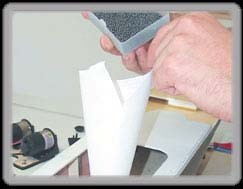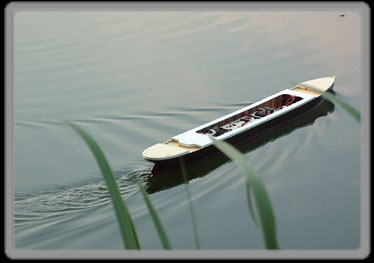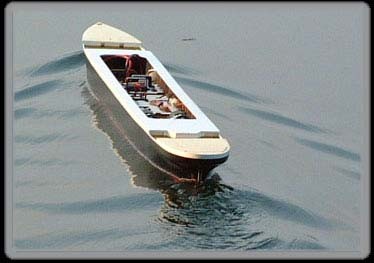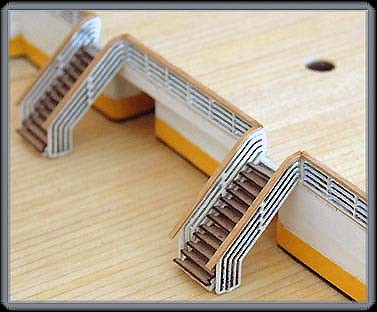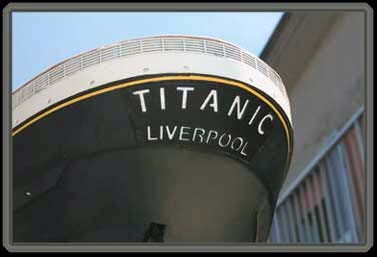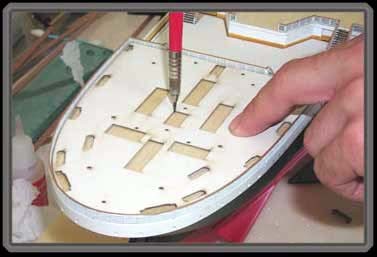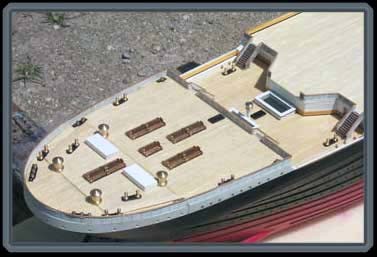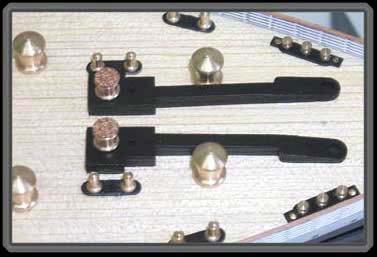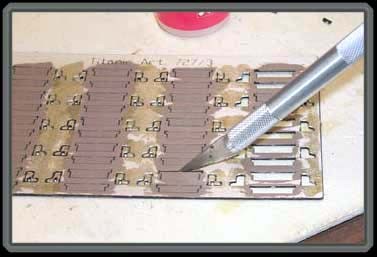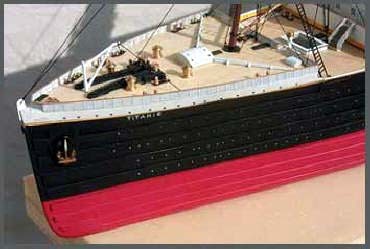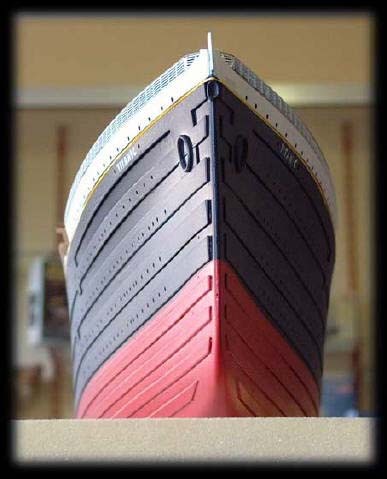Titanic – All Kits Together – Mantua
Information
All Titanic Kits Together – Mantua Model of Italy is making some modeling projects easy and affordable. Realizing that building a fine ship model takes time, they’ve split this larger kit into several manageable sections. Logic and construction sequence dictate how each kit is divided.
The first section consists of hull components; the second includes the deck and its furnishings, while the third contains ornamentation and so on.
Assembling your model this way is easier and less intimidating. Best of all, you pay as you build, buying each section when you’ve finished the last.
Mantua Model’s RMS Titanic is a monumental achievement not only in size, but in historical authenticity, scale accuracy and quality of materials. Laser cut wooden keel and frames give the hull strength and double planking assures a smooth and beautiful exterior.
Decks are planked with white maple strips and are complete with cabins, doors and windows.
Intricate laser cuts are used for decorative detailing. Mahogany hand rails and stairs, wood, metal and brass parts are just a few of the hundreds of fittings. Prop shafts and three brass propellers are also included.
Mantua has divided this model into five kits. This item number includes all parts necessary to complete the hull. All five kits come with detailed instruction booklets featuring hundreds of color construction photos and full scale plans.
Length 53″ / Beam 5-1/2″ / Scale 1:200
SAVE! SAVE! SAVE! SAVE! SAVE! SAVE!
Includes All Five Titanic Kits
Part 1 – Hull – Plank-on-Bulkhead #MA725
Part 2 – R/C Components #MA726 This item no. includes: two Mabuchi 540 motors with pulleys and transmission, motor mounts, linkage, motor mounts, etc. Does not include radio (4-6 channel), power packs, speed controllers or ballast.
Part 3 – Upper Deck Plankings #MA727
Upper deck planking and decorations
Part 4 – Upper Deck Furnishings #MA728
Includes: superstructure woodwork, furnishings, funnels, steam pipes, superstructure fittings and rigging lines
Part 5 – Deck Detailing #MA729
Includes: skylight, wind sleeves, windlass and the balance of superstructure and deck fittings.
Paint set can be located here
Information about the Titanic
The RMS Titanic, one of the most iconic ships in history, was built by the renowned shipbuilding company, Harland and Wolff, in Belfast, Ireland. The construction of this massive vessel began in 1909 and took nearly three years to complete. The ship was a product of the booming industrial era, with advanced technology and skilled laborers playing a crucial role in its creation.
The construction of the Titanic was a complex process that involved multiple stages. It all began with the laying of the keel, which is the backbone of the ship. This was followed by the assembly of the steel frame, which was then covered with over 3 million rivets. These rivets were heated and hammered by hand, a process that required great precision and skill. The ship’s hull was then plated with thick steel plates, making it strong enough to withstand the harsh ocean conditions.
The Titanic was designed to be the most luxurious and technologically advanced ship of its time. It was equipped with state-of-the-art features such as electric lights, telephones, and a wireless communication system. The interiors of the ship were adorned with elegant furnishings and lavish amenities, including a swimming pool, gym, and a grand staircase.
The construction of the Titanic also involved the labor of thousands of workers, including engineers, carpenters, electricians, and welders. Most of these workers were from Belfast and neighboring towns, and they were known for their exceptional skills in shipbuilding. The shipyard where the Titanic was built covered over 20 acres of land and had two massive gantry cranes that could lift up to 150 tons. These cranes were used to move the heavy steel plates and other materials around the shipyard.
Despite the advanced technology and skilled labor, the construction of the Titanic was not without its challenges. The sheer size of the ship made it a daunting task, and there were also concerns about the safety of the vessel. However, these challenges were overcome, and the Titanic was completed on March 31, 1912. It was then ready for its maiden voyage, which would unfortunately end in tragedy.
The Titanic’s construction was a remarkable feat of engineering and a symbol of the industrial progress of the early 20th century. It was a testament to the hard work and dedication of thousands of workers who came together to build this magnificent ship. Although its fate was tragic, the Titanic will always be remembered as a marvel of human ingenuity and a symbol of the golden age of shipbuilding.
any/all videos that may be on this site were found on youtube and are not produced by historicships.com. If your video is here and you do not wish it to be here please let us know and we will remove it.

